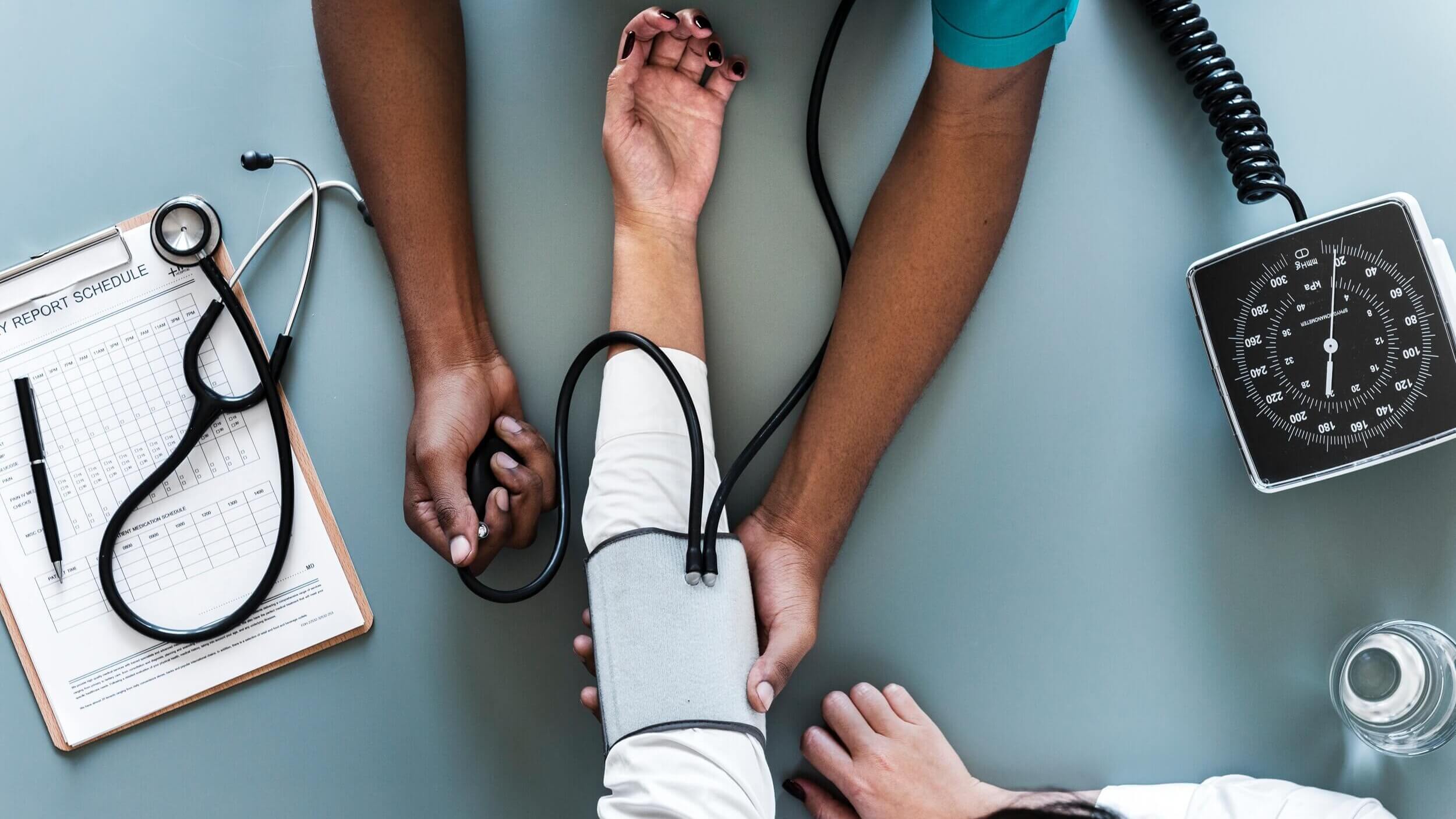
What is Pre-diabetes?
Pre-diabetes means that your blood sugar level is higher than normal but not yet high enough to be considered type 2 diabetes. The good news is that if you implement some lifestyle changes into your daily routine, this condition can be reversed. The bad news is that if you continue down the same path, your pre-diabetes can result in type 2 diabetes. The long -term effects of consistently high blood sugars can damage your blood vessel walls, kidneys, eyes, and other major organ systems.
Pre-diabetes usually has no signs or symptoms in the early stages. But as time goes on and your elevated blood sugars begin to strain your bodily systems, you might experience:
- Increased thirst
- Frequent urination
- Fatigue
- Blurred vision
What causes Pre-diabetes?
The exact cause of pre-diabetes is unknown, but family history and genetics appear to play an important role. Inactivity and excess fat around the waistline seem to be important factors. What is clear is that people with pre-diabetes don’t process sugar (glucose) properly anymore. As a result, sugar accumulates in the bloodstream instead of doing its normal job of fueling the cells in muscle and other tissues.
Most of the glucose in your body comes from the food you eat. When you chew and digest your food, the sugars enter your bloodstream to move into your cells. This requires a hormone called Insulin, which is made in your pancreas. The release of insulin to help move the sugars into your cells is not working correctly and the sugars build up in your bloodstream. Your pancreas might also not be producing enough insulin.
What are the risk factors?
- Weight: Being overweight is a primary risk factor, especially extra fat between the stomach muscles and your skin (belly fat). The more you have, the more resistant your cells become to insulin.
- Waist size: The risk for insulin resistance goes up for men with waist sizes larger than 40 inches and for women with waists larger than 35 inches.
- Dietary Patterns: Eating red meat and processed sugar are heavily linked to a higher risk. To lower your risk, consume more fruits, vegetables, nuts, whole grains, and olive oil.
- Inactivity: Physical activity helps to control your weight, uses up glucose as energy and makes your cells more sensitive to insulin.
- Age: After age 45, your risk goes up. This is due to weight gain, less physical activity, and muscle loss as we age.
- Family history: Your risk increases if you have an immediate family member with diabetes or pre-diabetes.
- Race: People of African-American, Indian, Hispanic, Pacific Islander, and Asian-American descent are at greater risk.
- Gestational diabetes: If you developed gestational diabetes while pregnant, you and your child are at greater risk for developing pre-diabetes. If your child weighed more than 9 lbs. at birth, your risk increases.
- Polycystic ovarian syndrome: This common condition of irregular menstrual periods, excessive hair growth, and obesity also increases a woman’s risk for pre-diabetes.
- Sleep: People with obstructive sleep apnea are at increased risk as well as those that work night shift or rotating shifts. Disruption in sleep patterns is a strong risk factor for pre-diabetes.
- Laboratory blood-work: Your good or “Happy” cholesterol (HDL) is low and triglycerides are high
- High blood pressure
What are the complications?
The most serious consequences of pre-diabetes is progression to type 2 diabetes, which can lead to:
- High blood pressure
- Heart disease
- High cholesterol
- Stroke
- Kidney disease
- Blindness
- Amputations of limbs
Can I prevent pre-diabetes?
YES. Even if your family genetics, race and age are predisposing factors for you, you can significantly alter your path to pre-diabetes by implementing the following changes:
- Make an appointment with your primary care physician to get your blood work checked and to be screened for pre-diabetes. Early action and treatment are worth a pound of cure
- Eating more fruits and vegetables, whole grains, olive oil, lean meats and fish, drinking at least 64 ounces of water or more daily
- MOVE more. You don’t have to join a gym to get physical exercise. Just start with walking around the block if you are a sedentary person. Build up your distance gradually. Take stairs when you can and park farther away from the door at work or shopping.
- Lose excess pounds. This will fall into place nicely if you can implement a healthy diet and exercise plan
- Control your blood pressure and cholesterol
In summary
Millions of Americans have pre-diabetes. With action, pre-diabetes can be reversed. Many people with this condition have no symptoms. Progression from pre-diabetes to type 2 diabetes is inevitable unless you make some changes to your lifestyle. With weight loss and sometimes medication, your blood sugars can be controlled and return to normal.
References:
Diabetes Changes Your Life But Doesn’t Have to Ruin It
